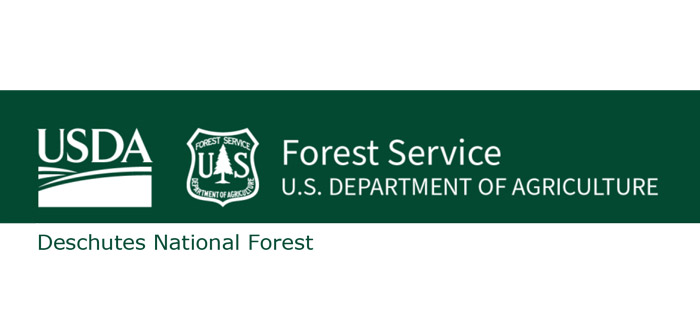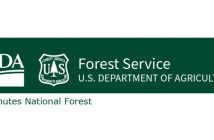Work to confront the wildfire crisis continues in the U.S. Forest Service’s Pacific Northwest region this year to reduce wildfire risk to communities and support forest health.
The U.S. Department of Agriculture’s Forest Service announced $131 million to begin implementation of “Confronting the Wildfire Crisis: A Strategy for Protecting Communities and Improving Resilience in America’s Forests,” including $29.1 million in funds directed to increasing treatments on two landscapes in the Pacific Northwest Region.
According to an agency assessment, less than ten percent of firesheds across the country are responsible for 80 percent of community exposure to wildfire. These initial landscapes are the first part of a large-scale, science-backed strategy designed to focus additional support to landscapes where treatments will have the most immediate and largest effect.
- In Central Washington, the Central Washington Initiative (CWI) landscape spans national forests and State and private lands across four counties, including five high-risk firesheds (Twisp, Chiwaukum, Wenatchee, Leavenworth, and Cle Elum) and on the Okanogan-Wenatchee National Forest. Restoration work across this landscape capitalizes on strong, existing partnerships to reduce the risk of wildfire through targeted investments over the next ten years.
- In Central Oregon, the selected landscape covers State, private, and Federal lands on the eastside of the Cascades, including the Deschutes National Forest and Crooked River National Grassland. This area is rich in collaboration and has been a leader in implementing the Collaborative Forest Landscape Restoration program, Joint Chief’s Projects, and the National Cohesive Strategy. Additional investments will continue to reduce the risk of fire transfer to numerous, growing communities and critical infrastructure and build upon work already accomplished.
The funding from the Bipartisan Infrastructure Law will provide for 29,000 acres in fuels reduction treatments this year across these two landscapes (24,000 in Washington, and 5,000 in Oregon) and for around 174,000 acres in treatments between 2022 and 2024 across the two landscapes (124,000 in Washington, and 50,000 in Oregon).
“It’s important to know that in addition to work we’ll do in Central Washington and Central Oregon, we’ll also use available funding sources to continue important fuels reduction and Forest health work across all the national forests in Washington and Oregon,” said Glenn Casamassa, regional forester for the U.S. Forest Service – Pacific Northwest region.
The Forest Service in the Pacific Northwest will continue to work with the States of Washington and Oregon, Tribes, partners, and communities, to conduct fuels reduction treatments, such as mechanical thinning and prescribed fire, along with aquatic restoration projects. A landscape scale approach is necessary to improve overall forest health and resiliency.



